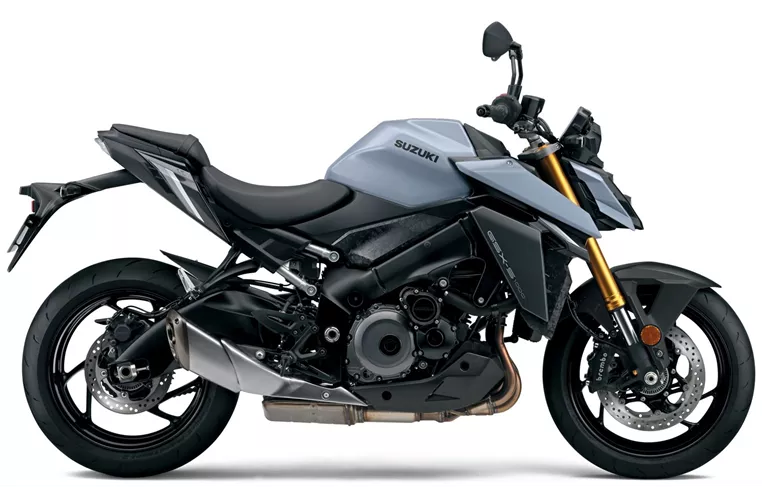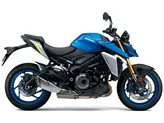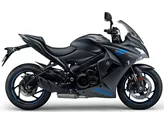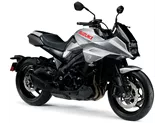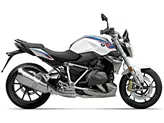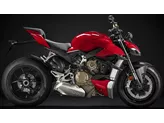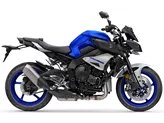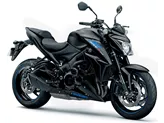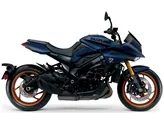BMW S 1000 R 2016 vs. Suzuki GSX-S1000 2021

BMW S 1000 R 2016
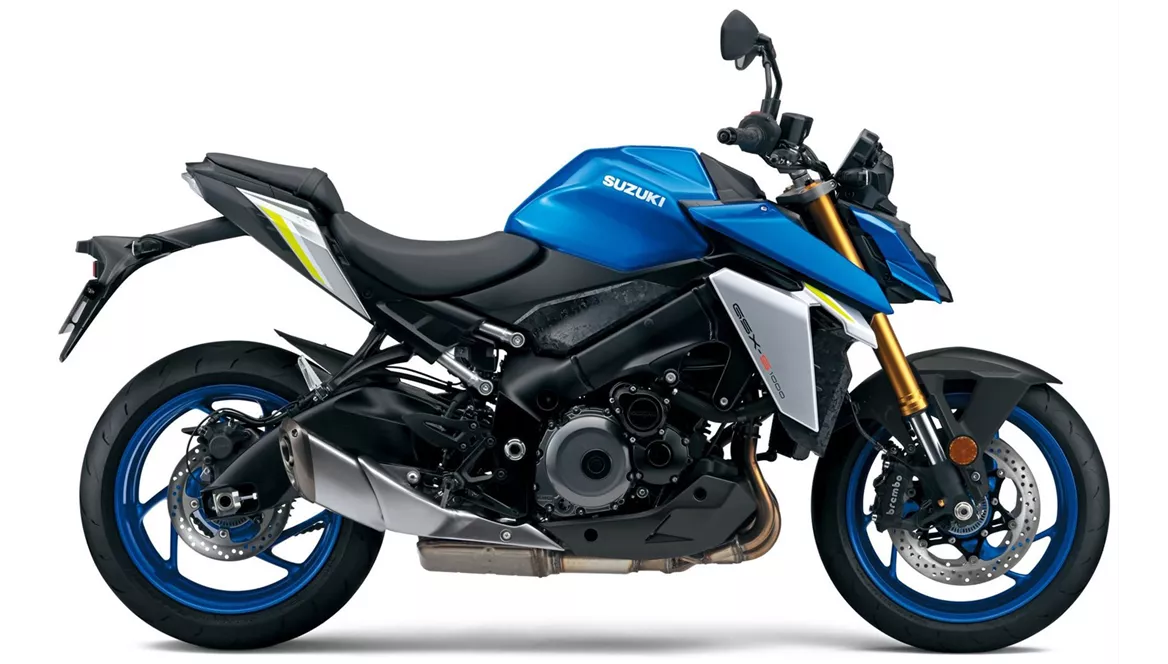
Suzuki GSX-S1000 2021
Vue d’ensemble - BMW S 1000 R 2016 vs Suzuki GSX-S1000 2021
The BMW S 1000 R 2016 and the Suzuki GSX-S1000 2021 are both naked bikes that offer powerful performance and comfortable seating positions. However, there are some notable differences between the two models.
In terms of engine specifications, both bikes feature inline four-cylinder engines with a displacement of 999cc. The BMW S 1000 R 2016 has a slightly higher engine power of 160 HP compared to the Suzuki GSX-S1000 2021's 152 HP. The torque output is also slightly higher in the BMW at 112 Nm compared to the Suzuki's 106 Nm. Both bikes have a four-cylinder configuration, ensuring smooth power delivery.
When it comes to suspension, both bikes feature upside-down telescopic forks in the front and swing arm suspension in the rear. The shock absorbers are monoshocks on both models. The chassis of both bikes is made of aluminum and features a twin-tube frame design, providing stability and agility.

BMW S 1000 R 2016
In terms of braking, both bikes have double disc brakes in the front with four-piston calipers. However, the Suzuki GSX-S1000 2021 has the advantage of a radial, monoblock technology, which enhances braking performance and provides better feedback to the rider.
In terms of dimensions and weights, the Suzuki GSX-S1000 2021 has a slightly longer wheelbase of 1460mm compared to the BMW S 1000 R 2016's 1439mm. The seat height is also slightly lower in the Suzuki at 810mm compared to the BMW's 814mm. The Suzuki also has a larger fuel tank capacity of 19 liters compared to the BMW's 17.5 liters. However, the Suzuki is slightly heavier with a kerb weight of 214kg compared to the BMW's 207kg.
Both bikes offer advanced rider assistance systems, but the Suzuki GSX-S1000 2021 has a more comprehensive range of features. It includes ABS, riding modes, ride by wire, a shift assistant with blipper, and traction control. The BMW S 1000 R 2016, on the other hand, only offers dynamic suspension as an advanced rider assistance system.
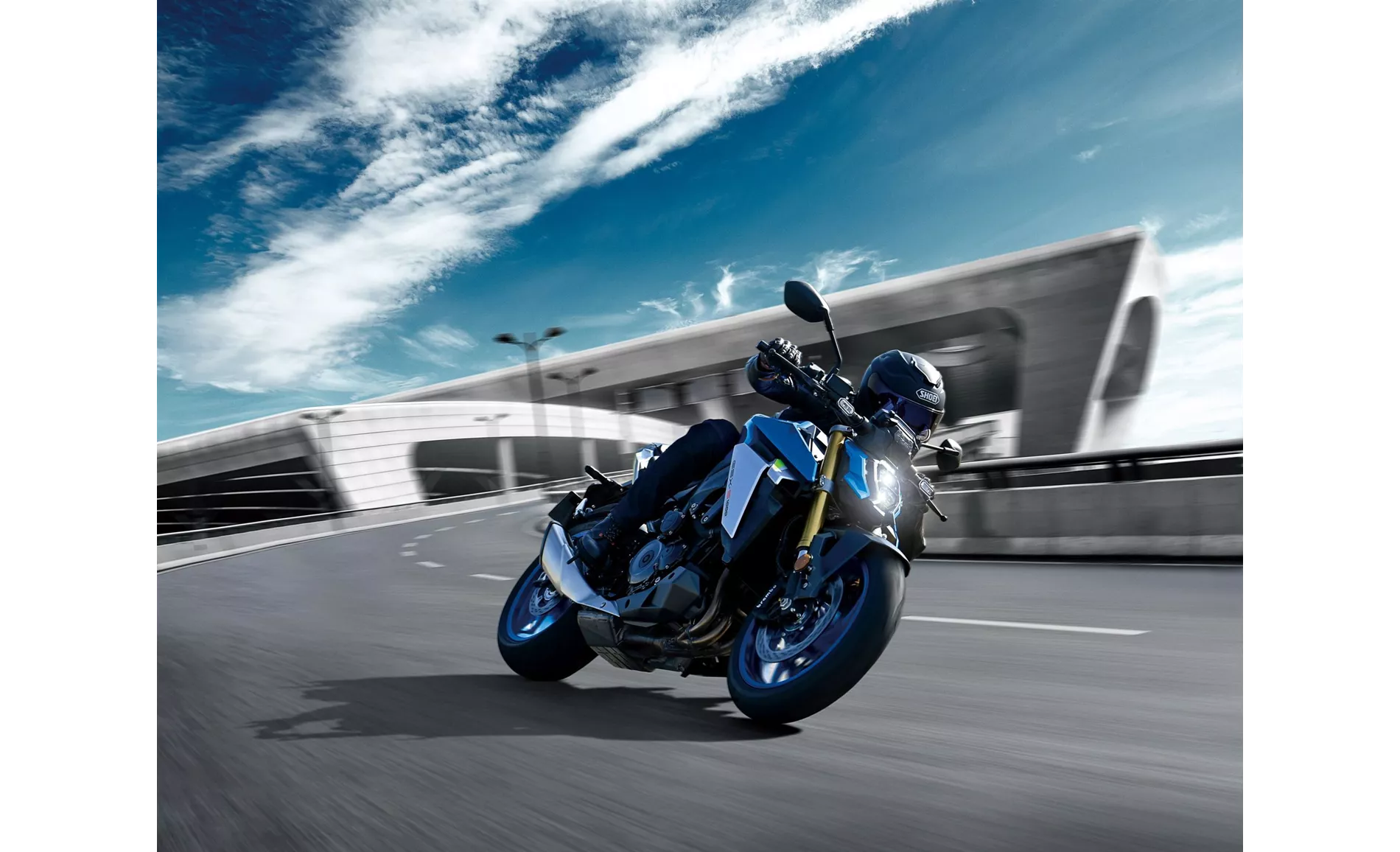
Suzuki GSX-S1000 2021
In terms of strengths, the BMW S 1000 R 2016 is praised for its powerful and well-controllable engine, powerful braking system, and comfortable seating position. The Suzuki GSX-S1000 2021, on the other hand, is commended for its powerful engine, smooth quickshifter, sporty handling, comfortable seating position, and aggressive look.
However, the BMW S 1000 R 2016 does have some weaknesses, such as the availability of expensive optional extras and a hard chassis. The Suzuki GSX-S1000 2021, on the other hand, has a weakness in the form of a difficult-to-read display.
In conclusion, both the BMW S 1000 R 2016 and the Suzuki GSX-S1000 2021 offer powerful performance and comfortable seating positions. However, the Suzuki has the advantage of additional advanced rider assistance systems and a slightly more modern design. Ultimately, the choice between the two will depend on individual preferences and priorities.
Caractéristiques techniques BMW S 1000 R 2016 par rapport à Suzuki GSX-S1000 2021
Avantages et inconvénients en comparaison
Avantages et inconvénients en comparaison
BMW S 1000 R 2016

Sur la BMW S 1000 R, on remarque à la fois la parenté étroite avec la Superbike S 1000 RR et la volonté de doter la machine d'un niveau de confort élevé pour la route et le quotidien. Le moteur quatre cylindres de 1000 cm3 se met donc au travail de manière brutale, tout en restant bien contrôlable, et la position de conduite est par conséquent confortable et sportive. Le fait que la S 1000 R soit l'une des power naked bikes les plus abordables est surprenant et réjouissant, mais il ne faut pas pour autant mettre la main sur la liste des équipements spéciaux - car grâce aux nombreuses caractéristiques irrésistibles, elle sera certainement plus chère.
Suzuki GSX-S1000 2021
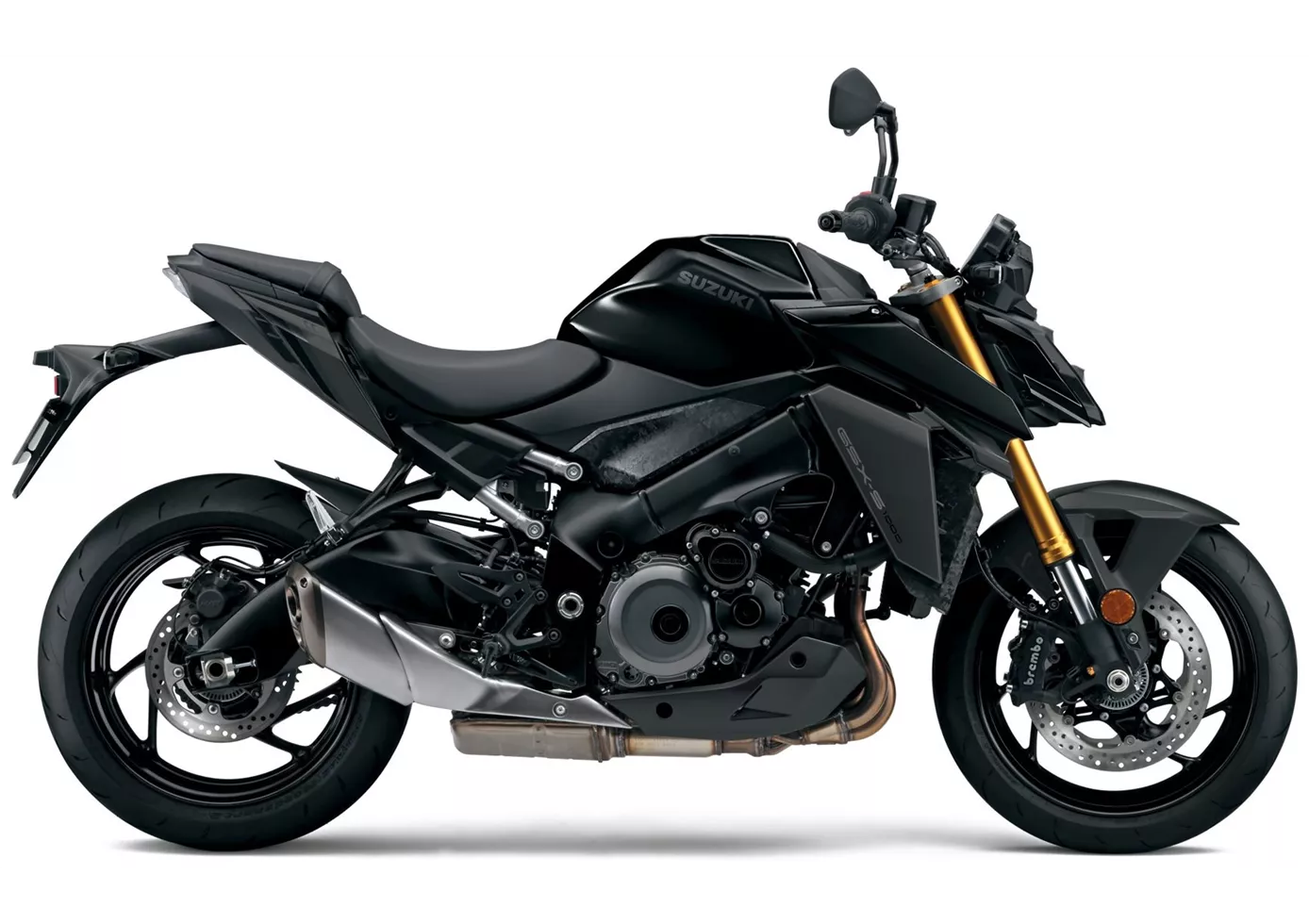
L'évolution de la GSX-S1000 de Suzuki est un succès total. Certes, sa structure de base est une vieille connaissance, mais avec la mise à jour de 2021 pour l'Euro5 et de nombreuses révisions, les Japonais ont mis au point un ensemble merveilleusement complet dans le segment Power Naked. Le moteur, la réponse à l'accélération et le Quickshifter fonctionnent impeccablement, les composants de la suspension et des freins sont configurés de manière sportive et confortable. Une moto avec laquelle on n'a pas besoin de se cacher - sauf si quelqu'un veut examiner l'écran...
Comparaison des prix Prix moyen du marché BMW S 1000 R vs Suzuki GSX-S1000
There are a few key differences between a BMW S 1000 R 2016 and a Suzuki GSX-S1000 2021. In terms of price, the actual average price of a BMW S 1000 R 2016 is about 7% higher. Compared to Suzuki GSX-S1000 2021 there are less BMW S 1000 R 2016 bikes available on the 1000PS.de Marketplace, specifically 10 compared to 16. It takes less time to sell a BMW S 1000 R with 69 days compared to 77 days for a Suzuki GSX-S1000. Since model year 2014 1000PS.de editors have written 62 reviews for the BMW S 1000 R and 36 reviews for the Suzuki GSX-S1000 since model year 2015. The first review for the BMW S 1000 R was published on 11/3/2013 and now has more than 17,300 views. This compares to more than 17,100 views for the first review on Suzuki GSX-S1000 published on 9/27/2014.

